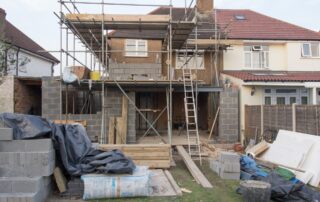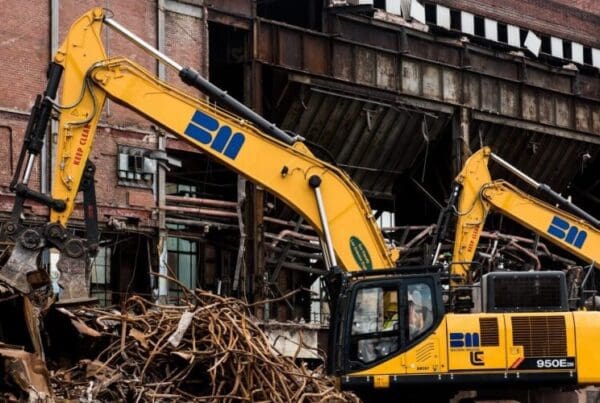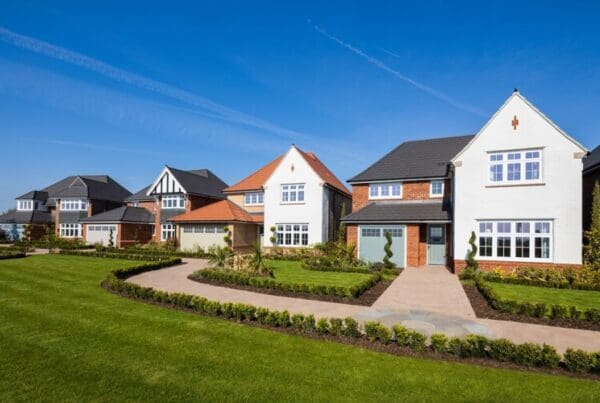
A legal right to light allows an owner to take legal action against a development that would result in a loss of light to an affected room. It is a highly specialised area of law and therefore is often fraught with myths and misconceptions. But with the threat of potentially expensive legal action, developers must understand what right to light means for them and their development projects. This guide dispels a series of misconceptions to help you avoid infringing on a neighbour’s right to light and incurring expensive legal proceedings.
Planning Permission
Obtaining planning permission does not strictly mean you will not infringe on a neighbour’s right to light. Drawings for planning permission applications often do not account for matters of right to light. And local authorities do not consider easements. Provided you are in line with your local planning policies, you are likely to gain planning approval even if your neighbours may have a case.
Glazed Windows
You may think that matters of right to light do not apply to glazed windows. However, as glazed windows still allow light in and permit a view of the sky, rooms with glazed windows may still have a right to light. Glazed windows are most commonly used for non-habitable rooms, such as bathrooms which are not covered during planning permission assessments. Local authorities focus on habitable rooms such as living rooms, kitchens, and bedrooms. Therefore you may receive planning permission despite infringing on right to light for non-habitable rooms in a neighbouring property.
Passing The 25 Or 45 Degree Line Rules
Site Layout Planning for Daylight and Sunlight – A Guide to Good Practice – 3rd Edition, 2022, the document commonly used for daylight and sunlight assessments for planning applications, outlines rules of thumb tests. However, the 25 and 45-degree rules of thumb discussed do not consider legal right to light. Passing these tests does not equate to designing out right to light matters.
Commercial Properties
The next right to light myth is that it does not affect commercial properties. However, commercial properties may have right to light. Local authorities are often concerned with other residential properties when assessing planning applications. Therefore applications may be accepted without full consideration for the impact on commercial properties. Without full consideration, an application may be approved despite potential infringements on a commercial property’s right to light. This also further emphasises that obtaining planning permission does not mean your plans do not impact another property’s right to light.
Right To Light For South Facing Windows
Many people may think that you cannot infringe on right to light on south-facing windows as you are not obstructing direct sunlight. Right to light assessments, however, do not consider sunlight or orientation. A right to light assessment is calculated based on the visibility of the sky dome (sky view) rather than the amount of direct sunlight. It is, therefore, entirely possible to impede on the right to light of rooms with south-facing windows.
Paying Surveyors And Compensation
Whilst some surveyors may offer representation in exchange for a percentage of compensation earned in right to light matters, this is not the only option available. A surveyor’s reasonable fees will be covered by a developer. The neighbour to a development can (and should) receive full payment of compensation due to them. They will also receive compensation for surveyors and solicitors fees.
Right to light can be difficult to navigate for developers. But it is vitally important that they keep it in mind at all points. Making a mistake can be very costly to a developer. With so many misconceptions surrounding the topic, it can be easy to make an error. By avoiding the pitfalls of the right to light myths outlined above, you can reduce your risks of infringing on a property’s right to light.




